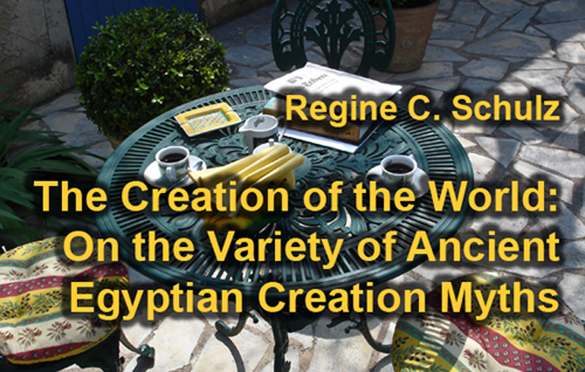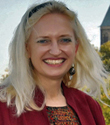


 egine C. Schulz Regine C. Schulz is a leading scholar in the area of Near Eastern studies, an eminent archeologist, historian, and linguist with a focus on Egyptology.
egine C. Schulz Regine C. Schulz is a leading scholar in the area of Near Eastern studies, an eminent archeologist, historian, and linguist with a focus on Egyptology.

Born in Berlin, she got enthusiastic about archeology at an early age. She read journalism, art history, Near Eastern studies, and Egyptology at the Free University in Berlin and completed her studies being awarded a Master’s degree in 1978. She continued her studies at the Ludwig Maximilian University of Munich. She then worked at the Egyptian Museum and Islamic Museum of the State Museums, Berlin, at the Institute for Egyptology, Free University, Berlin, as well as the Institute for Egyptology, Ludwig Maximilian University, Munich, later at the State Museum of Egyptian Art, Munich, and the German Archaeological Institute, Berlin.
Her further career led her to Baltimore, MD, U.S.A. to the Walters Art Museum and the Johns Hopkins University in 2001, until she finally became director of the Roemer- und Pelizaeus Museum in Hildesheim, Germany, in 2011. This museum holds one of the most important Ancient Egyptian collection in the world. She was also appointed Chair of the Advisory Council and member of the Executive Board of the International Council of Museums (ICOM).
She has been instrumental in furthering the interdisciplinary academic exchange and is being recognized for her efforts of bringing together scientists, scholars, and researchers of different disciplines, among them archaeologists, conservators, museum specialists, designers and specialists in interactive information technology, historians, and representatives of different religions. She is an exemplary central person and linchpin promoting academic collaboration, exchange with, and “cross-fertilization” between, among others, museums, university departments, and the media, as well as scientific cooperation and integration of academic research, exchange, and presentation. She has gathered around her groups of young researchers, introducing and helping them to work in the field.
As an example, the project "The Emergence of the World: Egypt's Last Creation Myth" emphasized the transformation and interpretation of Ancient Egyptian creation myths as models for nature phenomena and existential questions and problems. The collaborators opened their field to the public, explaining and stimulating interest, deepening understanding, and imparting and conveying cultural and religious background to a broad audience. This is all the more important because the close connection between cult practice and rituals on the one hand and theological models on the other is difficult to access for today's viewers. The final presentation of their work culminated in an exhibition that was shown in North America and Europe and went beyond the usual style and content of an exhibition, offering a window into cultural, intellectual, and religious life in a unique Ancient Egyptian place and civilization.
Her main goal of a number of exhibitions and media releases is to convey to a broad audience a new image of Egypt that goes beyond pyramids, pharaohs and mummies. She opened the view of many people to see and understand the cultural heritage of the Near and Middle East and also tried to fascinate young people by steering a middle course between educational entertainment and science. On the other hand she insists and supports that inhabitants of different regions in Egypt should be motivated to better understand their cultural heritage, to identify with it and thus to contribute to the sustainable protection of these unique antiquities.
| |
|
Regine C. Schulz: |
|
Contents
Presentation |